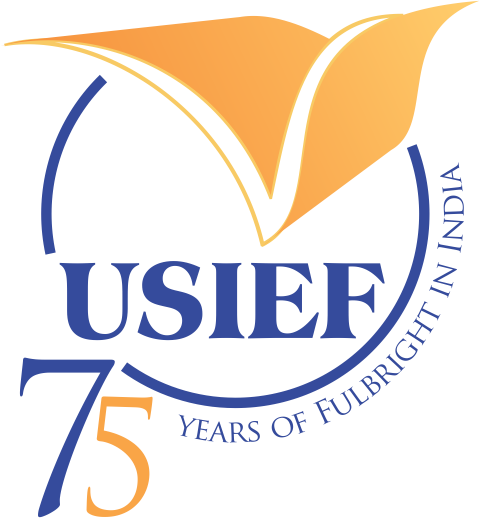Dr. Pranjit Hazarika has a PhD from IIT Kharagpur and is currently serving as an Assistant Professor at the Department of Geological Sciences, Gauhati University. He was a recipient of the prestigious Young Scientist Medal of the Indian National Science Academy in 2020.
Dr. Hazarika applies elemental and isotopic compositions of rocks and minerals to study ore deposits, their formation mechanisms, and evolution. Dr. Hazarika and his research group at Gauhati University combine forward thermodynamic modelling with elemental mass balance and stable isotope fractionation calculations to comprehend origin of ore-forming hydrothermal fluids and petrogenesis of crustal rocks in diverse tectonic settings.
At Caltech as a Fulbright-Nehru Academic and Professional Excellence fellow, Dr Hazarika is testing results of thermodynamic modelling against elemental and isotopic data of natural samples from the Himalayas to distinguish between some possible models of crustal melting in the Himalayan Mountain belt. He will further assess the conditions that may result in critical metal enrichment during crustal melting and fractional crystallization of magma in orogenic belts.
